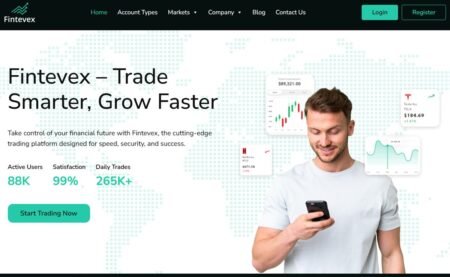The European Commission presented on 15 September at the World Trade Organisation (WTO) its proposal to update and expand the Information Technology Agreement (ITA), an existing trade deal between some of the world’s biggest trade powers that lowers the cost of IT products. The proposal would take account of new products that have entered the market since the agreement was originally concluded in 1996, eliminating customs duties for these goods. Further points considered are tackling non-tariff barriers “behind the border”, as well as the problems caused by the non-functioning of some of the mechanisms and procedures provided for in the current ITA. The Commission hopes that other WTO members will engage in discussions in the near future.
Advertisement
The ITA was negotiated and signed in 1996, with the goal of expanding trade in IT and telecommunication products. The ITA initially had 14 signatories representing more than 90% of world trade in information technology products. This has since grown to a total of 43 signatories, representing 70 countries or separate customs territories and more than 97% of world trade in IT products.
ITA signatories have agreed to eliminate customs duties and other duties and charges on certain IT products, which are specified in Attachments A and B to the Agreement. The ITA entered into force in April 1997 and required that customs duties on covered products be reduced in stages and eventually eliminated by 1 January 2000. The commitments undertaken under the ITA are on a “most favoured nation” basis, which means that benefits must be extended to all WTO Members.
The global trading system has seen an unprecedented expansion of trade in IT products since the signature of the ITA. IT products now account for over USD 1500 billion of exports world-wide, i.e. one fifth of total world exports of manufactured products, up from USD 600 billion in 1996.
The ITA product coverage is defined in attachments to the ITA. Attachment A defines products by tariff heading; Attachment B provides a positive list of specific products covered by the ITA.
Despite the growing trade in IT products, a number of problems remain which the current agreement does not adequately address:
- The product-based approach of the ITA has not been able to take account of changes in the industry. The ITA covers a list of specific IT products, which was agreed in 1996. IT technology, however, has and continues to evolve and converge with entertainment, communication and other technologies, thereby creating a growing potential for specific IT products to fall outside the scope of the ITA. This systemic challenge to the ITA can only be addressed by revisiting the product coverage of the Agreement. Unfortunately, the mechanisms provided for in the ITA for this purpose failed to resolve this issue.
- IT products continue to face non-tariff barriers, a real obstacle to market access in many countries. Examples of such “behind the border” barriers are overly burdensome practices to certify compliance with technical regulations, or the application of technical standards unnecessarily deviating from those set by internationally recognised standard setting bodies. These imply costs equivalent or even more important than customs duties, and effective disciplines to address them should become part of a revised ITA.
- There are still some important actors in the manufacturing of and trade in IT products which are not participants in the ITA. It would be commensurate with the level of development of these countries and of the competitiveness of their IT industries for those countries to become also members of the ITA. The expansion of its membership should lead to a further growth of the global IT market and of trade in IT products, for the benefits of producers who increasingly source their components world-wide – and consumers alike.
On 28 May 2008 the United States and Japan requested WTO consultations with the EC with respect to our tariff treatment of certain information technology products. They were joined by Chinese Taipei on 12 June 2008. Consultations were held in June and July but did not resolve the dispute. The complainants jointly requested the establishment of a panel at the WTO Dispute Settlement Body Meeting of 29 July 2008.
The European Commission has rejected claims that the EU is not fulfilling its obligations under the ITA. Not only has the EU respected its ITA obligations, but it has explicitly said it is willing to reassess the current ITA product coverage to reflect new technology, in a negotiation with ITA signatories.
A change in ITA scope can only be made on the basis of consensus amongst all ITA participants, not as a result of litigation by some members. The ITA has a review clause which can be invoked by members at any time. The complainants have so far not demonstrated a willingness to do this.
The complaints identify classification issues with three products, namely Flat Panel Displays, Set-Top Boxes and Multifunctional Copy Machine.







